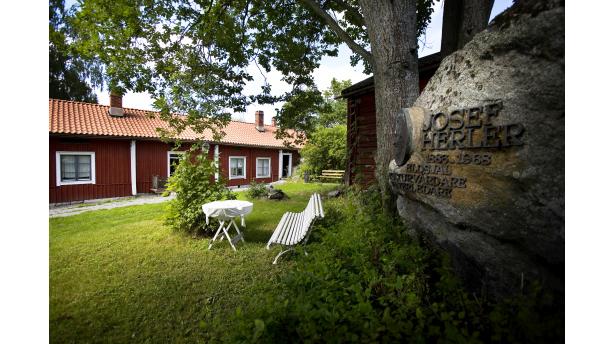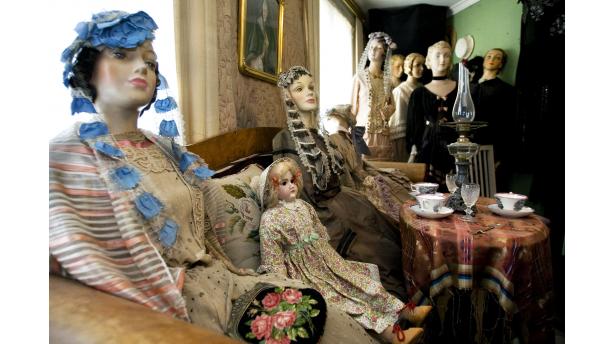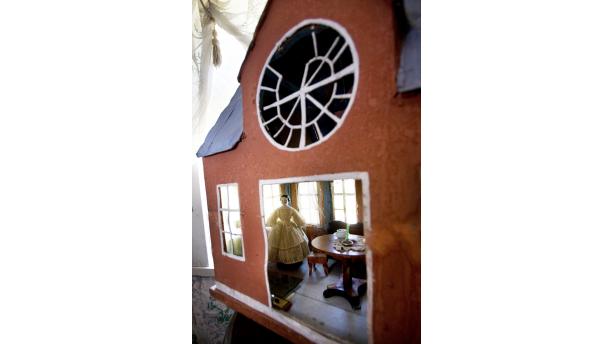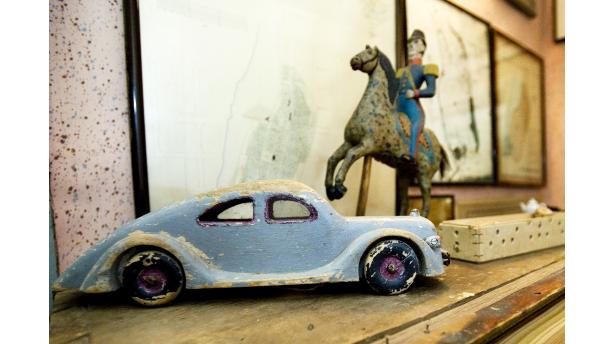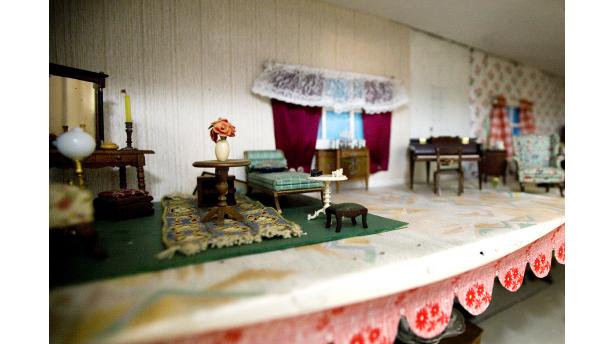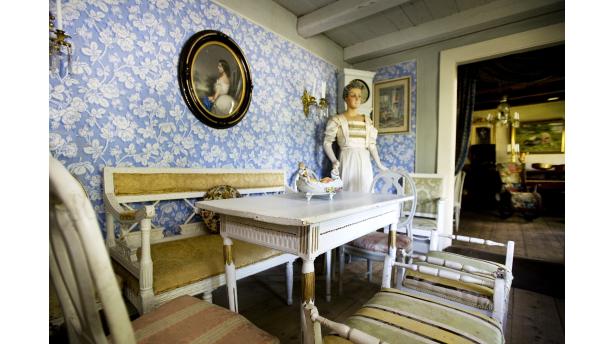Museum A-Ö » Religion and society » Nykarleby Museum – Herlers
Nykarleby Museum – Herlers






Did you know...
A lute from the year 1791, which used to belong to the 18th century Swedish poet C. M. Bellman, is on display in the museum. The lute was made by Petter Kraft.
The Nykarleby Museum depicts life of a bouregois family in Nykarleby in the latter half of the 19th century. The collections include beautiful furniture and other decorative items, costumes and toys as well as objects associated with seafaring and trading.
The museum is located in one of the few buildings, that survived the city fire in 1858, namely the former Customhouse, where the oldest part dates back to the 17th century. The beautiful rooms of the museum have been furnished with historical items and delicate furniture, that represent the home of a bourgeois family. The costumes, the furniture, the paintings, the sketches, the photographs and other maritime history material mainly originate from the 19th century, but some of the treasures date back to the end of the 18th century.The museum was founded in 1951 on the initiative of bookseller and actor Josef Herler. Herler had for a long time been trying to inspire the citizens to establish a museum, and he had been collecting old items connected to the city already in the beginning of the 20th century. The museum was filled with artefacts from Herler’s own collections and with donated items as well as purchases. Herler had good connections with the descendants of many former Nykarleby persons, and the interior furnishing partly derives from the homes of Lybeck and Högdahl.
Among the museum’s pearls is a collection of costumes comprising mostly women’s dresses with their accessories, but also some men’s costumes, mainly soldiers’ and public officers’ uniforms. During the heyday of the city in the latter half of the 19th century, when the merchants and ship-owners could afford to send their daughters to be schooled mainly in Stockholm but also in mainland Europe, the young ladies brought with them a breeze of the great world, which was visible especially in their dresses.
Hanging on the walls are drawings and images of the vessels belonging to the ship-owners. In the trunks are nautical cards and logbooks and in the cupboards various maritime items, which recount the history of Nykarleby as a shipyard and seafaring city.
In the farthest room are some dollhouses and toys, which used to belong to the old families of Nykarleby, dating back to the 18th and 19th century. The museum’s collection of 7 000 photographs is especially interesting. In the courtyard are in addition two barns used for storing mainly peasant furniture.
